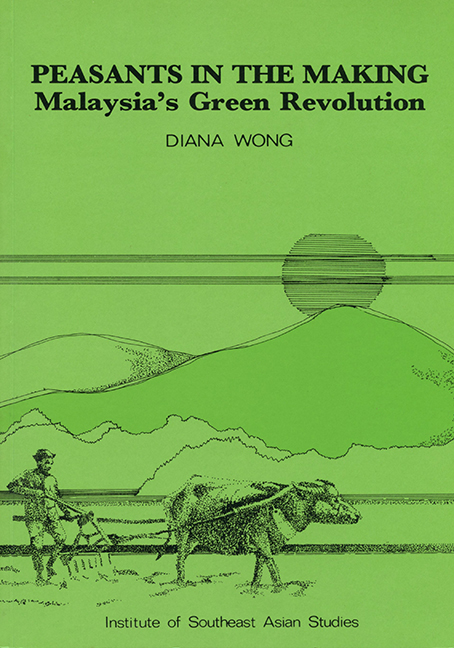Book contents
- Frontmatter
- Contents
- Acknowledgements
- Part I The Framing of the Study
- Part II The Anatomy of the Village
- Part III The Transformation of the Village Economy
- Part IV The Transformation of Village Society: The Unfolding of Social Differentiation
- Part V Conclusion
- Appendix I Research Methodology
- Appendix II Questionnaire
- Bibliography
- THE AUTHOR
Appendix I - Research Methodology
Published online by Cambridge University Press: 21 October 2015
- Frontmatter
- Contents
- Acknowledgements
- Part I The Framing of the Study
- Part II The Anatomy of the Village
- Part III The Transformation of the Village Economy
- Part IV The Transformation of Village Society: The Unfolding of Social Differentiation
- Part V Conclusion
- Appendix I Research Methodology
- Appendix II Questionnaire
- Bibliography
- THE AUTHOR
Summary
NOTES ON RESEARCH METHODOLOGY
The tables presented in the text are based on data derived from questionnaires related to daily income and expenditure administered to 16 households in the village (the questionnaire is to be found in Appendix II). Each questionnaire was designed for three days, and every three days the questionnaires were collected. If the questionnaires had not been filled in, as was often the case, a return visit was made later in the day, or three days later, when the next questionnaire was finished. A three-day interval was designed so that a control could be kept over the regular recording of accounts, before too much was forgotten.
The sixteen households were chosen according to three principles: that of stratification, that is, five of each category of rich, middle and poor households as identified by a village informant (for a discussion on these categories, see the chapter on “The Village as a Unit of Analysis”); that of variability, that is, where possible, different family structures; and thirdly, the limits of the possible were set by personal access and the availability of a family member willing and able to fill in the questionnaire everyday. Naturally, the quality of the data varied from household to household and improved by the second month, when everyone was sure of how the questionnaire worked. On the whole, the information given is as accurate as any other methodology would have been able to ensure.
These sample households were not chosen by the author but by the author's adoptive father (according to the parameters set above). As such, they reflect very much his personal friendships in the village, but seem to be fairly representative and, significantly, included households from both the major political factions in the village.
THE QUALITY OF THE DATA
The first major problem is the lack of data on labour utilization, especially for household production.
- Type
- Chapter
- Information
- Peasants in the MakingMalaysia's Green Revolution, pp. 222 - 223Publisher: ISEAS–Yusof Ishak InstitutePrint publication year: 1987



